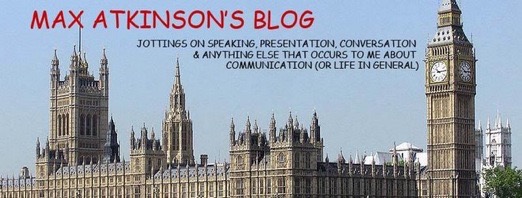If ever proof were needed of how risky it can be to take Mehrabian myth (that 93% of communication is non-verbal) seriously - and take it a slight step further by treating 100% of it as non-verbal, look no further than the sequence from yesterday's World Cup match between Brazil and the Ivory Coast, when the referee sent a player off for not hitting an opponent in the face.
Repeated action replays, backed up by the BBC's panel of pundits, confirmed that the referee was not even looking at the two players involved when the 'incident' occurred (and nor, apparently, were his assistants). So he, or whoever it was who communicated verbally with him about what had supposedly happened, jumped to the wrong conclusion that anyone lying on the ground clutching his face must have been hit in the face - and waved his red card at the innocent Kaka.
Or perhaps the referee actually sent Kaka off for something the player communicated verbally in response to being falsely accused.
As it appears that any appeal to FIFA by Brazil is unlikely to get very far, we may never find out what the officials thought was going on.
(N.B. An earlier attempt to embed a YouTube clip of this particular sequence failed as a result of it having been barred by FIFA for 'copyright reasons'. If this one stops working, please let me know ASAP so I can try to find another one).
Other posts on body language & non-verbal communication:
- How to use video to study body language, verbal & non-verbal communication
- Body language and non-verbal behaviour
- Presidential heights
- Body language, non-verbal communication and the myth about folded arms and defensiveness
- Another body language & non-verbal communication cartoon
- Margaret Thatcher, body language and non-verbal comunication
- Non-verbal communication and height
- Non-verbal communication
- More on body language and non-verbal behavior
- Impersonators as masterful analysts of non-verbal communication
- Mehrabian's moans about the myth
- Linguistic difference and non-verbal behavior: the mysterious case of gestures
- Eye contact, public speaking and the case of President Zuma's dark glasses
Other World Cup posts:

